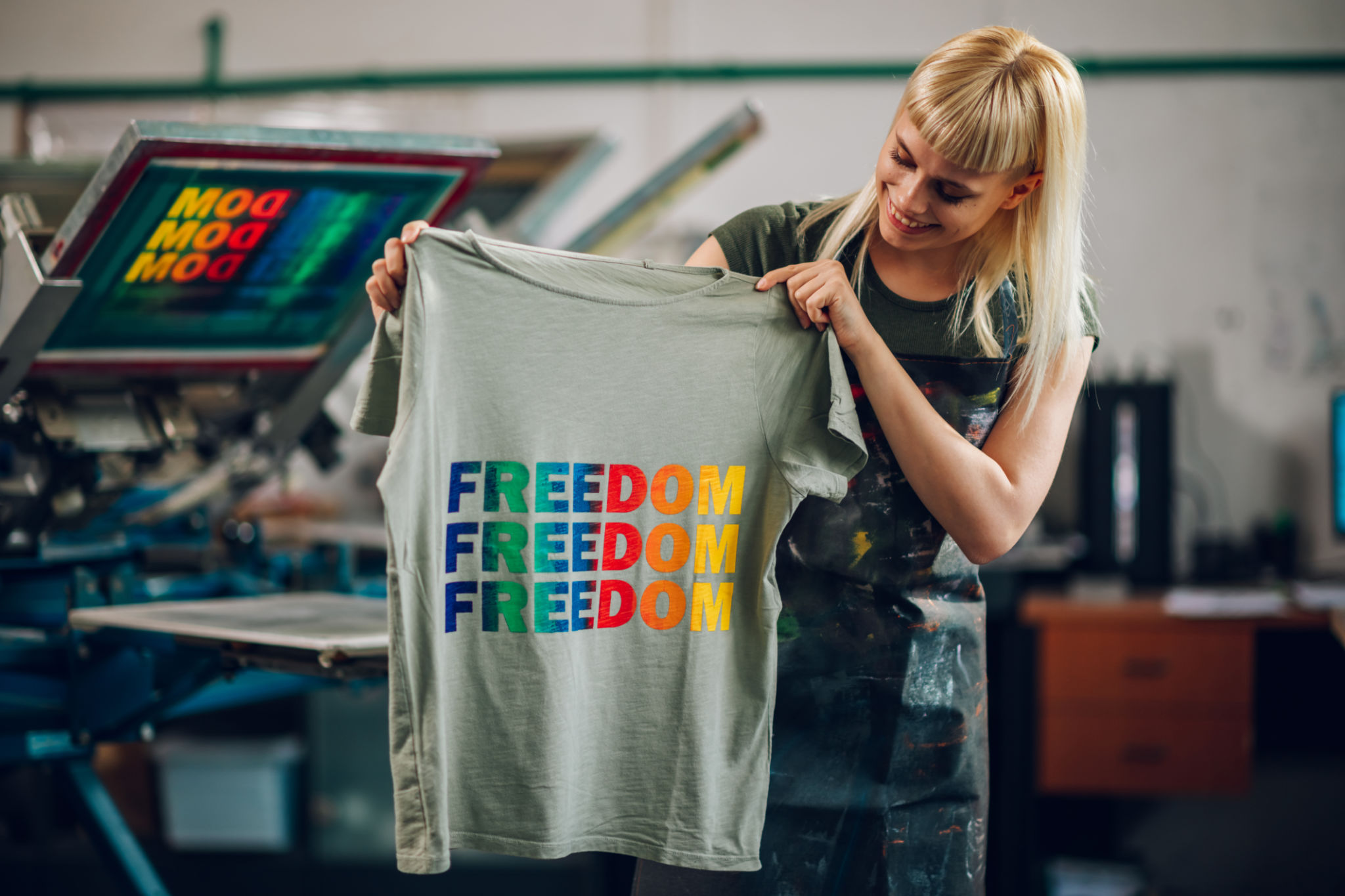The Evolution of T-Shirts: From Basics to Fashion Statements
The Humble Beginnings of T-Shirts
The journey of the T-shirt is a fascinating tale that begins in the late 19th century. Originally, T-shirts were simple undergarments worn by sailors and laborers. They were designed for practicality, made from lightweight cotton to provide comfort and easy movement. Over time, this basic piece of clothing found its way into mainstream fashion, evolving from a mere underlayer to a standalone staple.
By the early 20th century, the T-shirt had gained popularity among various sectors, including the military and sports teams. Its versatility and comfort made it an appealing choice for those seeking both functionality and ease. As the years progressed, T-shirts began to be worn more frequently as outerwear, marking the beginning of their evolution into a fashion statement.

From Plain to Printed: The Rise of Graphic Tees
The 1950s marked a significant turning point for T-shirts, as they transformed from plain garments to vibrant canvases for expression. This era saw the introduction of screen printing technology, which allowed for the mass production of graphic tees. Suddenly, T-shirts became a medium for personal expression, featuring everything from brand logos to pop culture icons.
During this time, Hollywood also played a crucial role in popularizing T-shirts. Iconic actors like Marlon Brando and James Dean sported T-shirts on the big screen, cementing their status as cool and rebellious attire. The influence of these stars propelled the T-shirt into mainstream fashion, making it a symbol of youthful defiance and individuality.

The Cultural Impact of T-Shirts
As the decades rolled on, T-shirts became more than just clothing; they turned into a cultural phenomenon. The 1960s and 70s saw T-shirts being used as tools for political and social activism. Slogans and symbols printed on these garments became powerful vehicles for spreading messages and rallying support for various causes.
The punk rock movement of the late 1970s and early 1980s further emphasized the T-shirt’s role in self-expression. Band logos and provocative statements adorned shirts, allowing wearers to showcase their musical tastes and rebellious identities. This trend continued into the grunge era of the 1990s, where T-shirts were emblematic of a laid-back, anti-establishment lifestyle.

High Fashion Meets Casual Comfort
Today, the T-shirt has transcended its humble origins to become a staple in high fashion collections. Designers have embraced its versatility, incorporating it into couture collections alongside luxury fabrics and intricate designs. This fusion of high fashion and casual comfort has blurred the lines between everyday wear and runway styles.
Brands like Gucci, Balenciaga, and Off-White have elevated the status of the T-shirt by adding unique elements such as embroidery, embellishments, and bold graphics. The modern T-shirt is no longer just a piece of clothing; it is a fashion statement that reflects individual style and sophistication.

The Future of T-Shirts
As we look to the future, T-shirts continue to evolve with advancements in technology and sustainable practices. Innovations such as smart fabrics, which incorporate wearable technology, are beginning to make their way into the market. These cutting-edge designs promise to enhance functionality while maintaining style.
Sustainability is also playing a significant role in shaping the future of T-shirts. Eco-friendly materials and ethical production processes are becoming more prevalent as consumers demand environmentally conscious fashion choices. This shift towards sustainability ensures that the beloved T-shirt will remain a relevant and responsible wardrobe essential for generations to come.